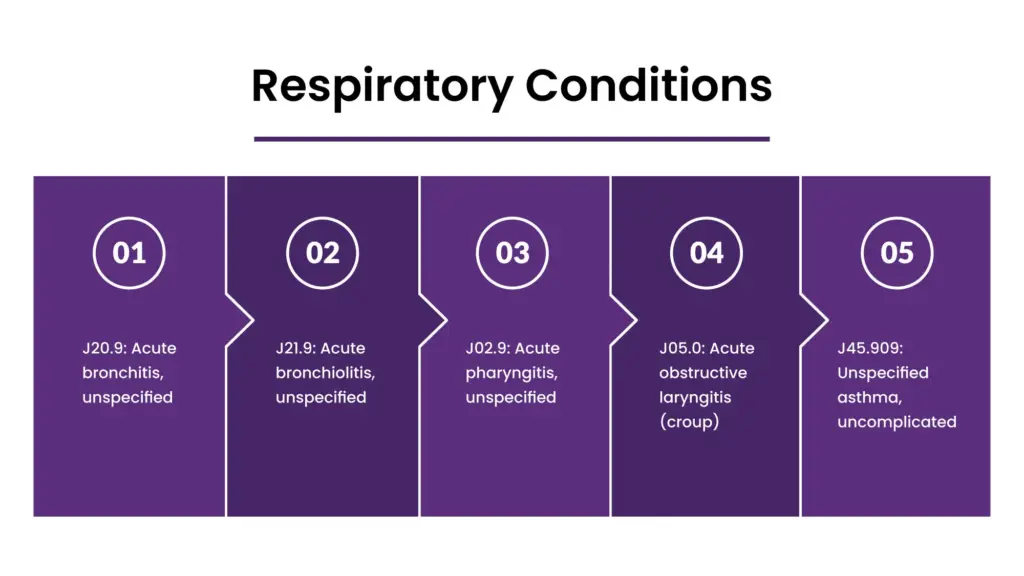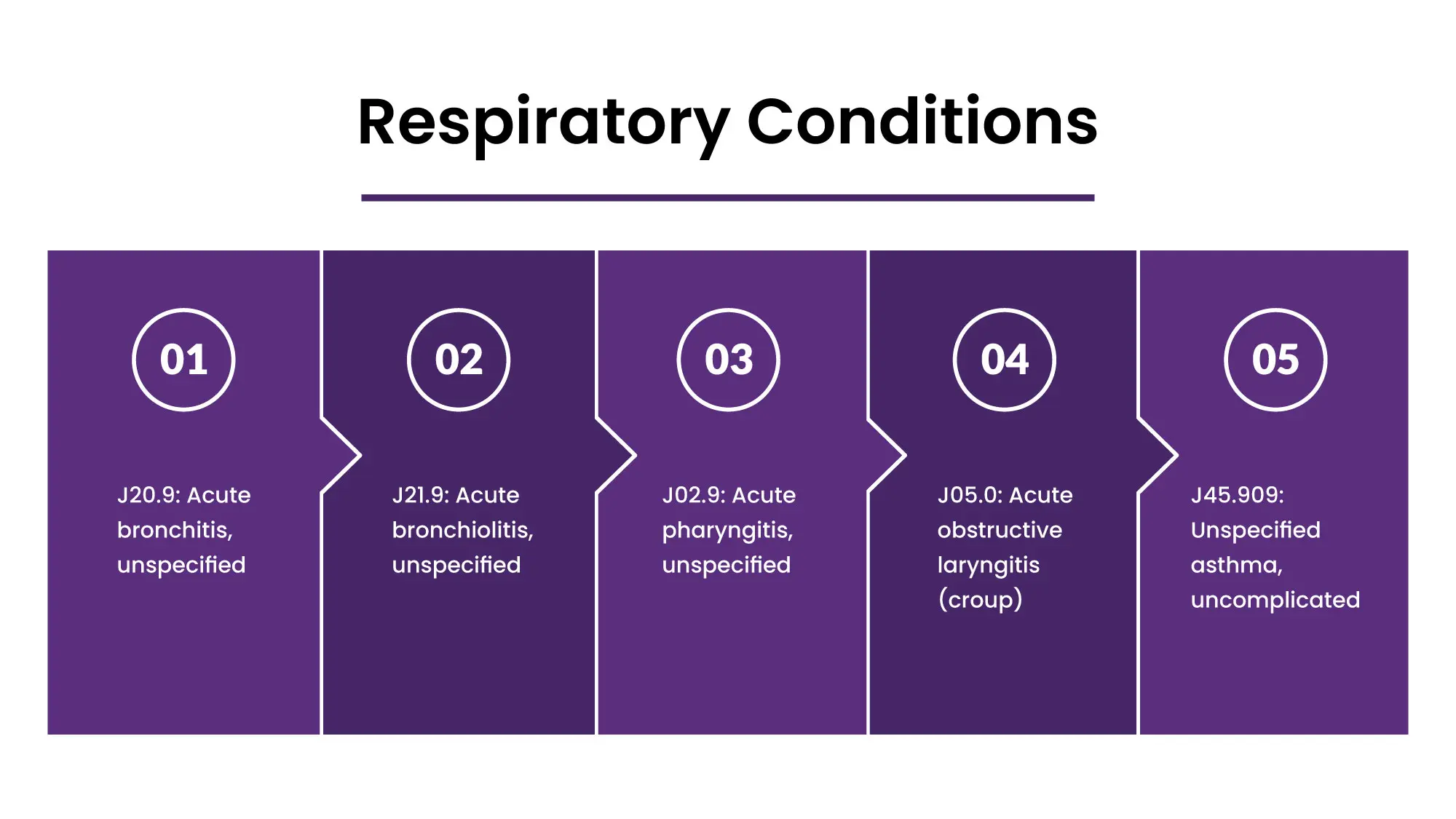
Decoding ICD-10 Codes for Frequent Urination: A Comprehensive Guide
Experiencing the sudden and frequent urge to urinate can be disruptive and concerning. Healthcare professionals rely on the International Classification of Diseases, 10th Revision (ICD-10) coding system to accurately document and classify medical diagnoses and conditions, including increased urinary frequency. Understanding the appropriate ICD-10 code is crucial for proper billing, data analysis, and ultimately, effective patient care. This comprehensive guide delves into the nuances of ICD-10 codes related to increased urinary frequency, providing insights for both medical professionals and individuals seeking to understand their condition. We aim to provide a detailed and trustworthy resource, reflecting expert knowledge and practical understanding of the subject. This guide will help you navigate the complexities of medical coding and gain a clearer understanding of the diagnostic process.
Understanding Urinary Frequency and Its Underlying Causes
Urinary frequency, also known as frequent urination, is the need to urinate more often than usual. What is considered “normal” varies from person to person, but generally, urinating more than eight times a day or more than twice at night could be considered frequent. It’s crucial to differentiate between urinary frequency and other related symptoms like urgency (a sudden, compelling need to urinate) and nocturia (frequent urination at night). These symptoms can occur independently or together, pointing towards different underlying causes.
Several factors can contribute to increased urinary frequency. These include:
- Urinary Tract Infections (UTIs): Infection irritates the bladder, leading to frequent urination, urgency, and pain.
- Overactive Bladder (OAB): A condition where the bladder muscles contract involuntarily, causing a sudden urge to urinate.
- Diabetes: High blood sugar levels can overwhelm the kidneys, leading to increased urine production.
- Pregnancy: Hormonal changes and the growing uterus put pressure on the bladder.
- Prostate Enlargement (BPH): An enlarged prostate can press on the urethra, causing frequent urination and difficulty emptying the bladder in men.
- Medications: Diuretics, for example, increase urine production.
- Excessive Fluid Intake: Drinking large amounts of fluids, especially caffeine and alcohol, can increase urination.
- Interstitial Cystitis: A chronic bladder condition causing pain and frequent urination.
- Neurological Conditions: Conditions like multiple sclerosis or Parkinson’s disease can affect bladder control.
Determining the underlying cause of increased urinary frequency is essential for selecting the appropriate ICD-10 code and developing an effective treatment plan. Therefore, a comprehensive medical evaluation is crucial.
Navigating the ICD-10 Coding System for Increased Urinary Frequency
The ICD-10 coding system is a complex and detailed classification system used worldwide for reporting diagnoses and health conditions. It allows healthcare providers to communicate efficiently and accurately, ensuring proper medical billing and facilitating data analysis for research and public health initiatives. While there isn’t a single, specific ICD-10 code exclusively for “increased urinary frequency,” the appropriate code depends on the underlying cause or associated conditions. This is where precise diagnosis and accurate documentation become paramount.
Several ICD-10 codes may be relevant when addressing increased urinary frequency. Here are some of the most commonly used codes and their associated conditions:
- R35.0 – Frequency of micturition: This code is the most direct option when frequent urination is the primary symptom and the underlying cause is not yet determined. It acts as a starting point while further investigations are conducted.
- N39.41 – Urge incontinence: If increased urinary frequency is accompanied by a strong, sudden urge to urinate that is difficult to control, this code may be more appropriate. It indicates urge incontinence as the primary problem.
- N39.498 – Other specified urinary incontinence: This code is used when urinary frequency is associated with other types of urinary incontinence that are not specifically covered by other codes.
- N40 – Benign prostatic hyperplasia (BPH): In male patients, if the increased urinary frequency is due to an enlarged prostate, this code is used. Additional codes may be added to specify the presence of lower urinary tract symptoms (LUTS) such as hesitancy or weak stream.
- N30.0 – Acute cystitis: If the increased urinary frequency is accompanied by symptoms of a bladder infection, such as burning during urination, this code is used.
- O26.3 – Urinary tract infection in pregnancy: For pregnant women experiencing increased urinary frequency due to a UTI, this code is used.
- E10-E14 – Diabetes mellitus: If the increased urinary frequency is a symptom of diabetes, the appropriate diabetes code is used, specifying the type of diabetes (e.g., type 1, type 2) and any associated complications.
Important Considerations: The selection of the most appropriate ICD-10 code requires careful consideration of the patient’s symptoms, medical history, and examination findings. It’s crucial to consult the official ICD-10 coding guidelines and any relevant clinical documentation to ensure accurate coding.
The Role of Accurate Diagnosis in ICD-10 Coding
Accurate diagnosis is the cornerstone of effective medical coding. In the case of increased urinary frequency, simply assigning the code R35.0 without further investigation is often insufficient. A thorough evaluation is necessary to identify the underlying cause and select the most specific and appropriate ICD-10 code. This evaluation may include:
- Medical History: A detailed review of the patient’s past medical conditions, medications, and lifestyle factors.
- Physical Examination: A general physical exam, including abdominal and pelvic examination.
- Urinalysis: A test to check for infection, blood, or other abnormalities in the urine.
- Urine Culture: A test to identify the specific type of bacteria causing a UTI.
- Postvoid Residual (PVR) Measurement: A test to measure the amount of urine remaining in the bladder after urination.
- Urodynamic Testing: A series of tests to assess bladder function.
- Cystoscopy: A procedure to visualize the inside of the bladder using a thin, flexible tube with a camera.
By conducting these tests and gathering comprehensive information, healthcare providers can arrive at an accurate diagnosis and select the correct ICD-10 code, leading to appropriate treatment and improved patient outcomes.
Beyond the Code: Comprehensive Management of Increased Urinary Frequency
While accurate ICD-10 coding is essential for administrative and billing purposes, it’s just one piece of the puzzle when it comes to managing increased urinary frequency. A holistic approach that addresses the underlying cause and provides supportive care is crucial for improving the patient’s quality of life.
Treatment options for increased urinary frequency vary depending on the underlying cause and may include:
- Antibiotics: For UTIs.
- Medications for Overactive Bladder: Such as antimuscarinics or beta-3 agonists.
- Lifestyle Modifications: Such as reducing caffeine and alcohol intake, bladder training, and pelvic floor exercises.
- Surgery: In some cases, such as for BPH or certain types of urinary incontinence.
- Management of Underlying Conditions: Such as diabetes.
In addition to medical treatments, lifestyle modifications can play a significant role in managing increased urinary frequency. These include:
- Fluid Management: Avoiding excessive fluid intake, especially before bedtime.
- Bladder Training: Gradually increasing the time between urination intervals.
- Pelvic Floor Exercises (Kegel Exercises): Strengthening the muscles that support the bladder.
- Dietary Changes: Avoiding bladder irritants such as caffeine, alcohol, and spicy foods.
A comprehensive management plan, tailored to the individual patient’s needs, is essential for effectively addressing increased urinary frequency and improving their overall well-being.
The Future of ICD-10 and Urinary Frequency Coding
The ICD-10 coding system is constantly evolving to reflect advances in medical knowledge and technology. As our understanding of urinary frequency and its underlying causes deepens, we can expect to see refinements in the ICD-10 codes used to classify these conditions. This may include more specific codes for different subtypes of overactive bladder or for urinary frequency associated with specific neurological conditions.
Furthermore, the integration of electronic health records (EHRs) and data analytics is transforming the way we approach medical coding. EHRs can help automate the coding process and ensure accuracy, while data analytics can identify trends and patterns in urinary frequency diagnoses, leading to improved patient care and public health initiatives.
Understanding Your Body: Taking Charge of Your Urinary Health
Increased urinary frequency can be a bothersome and sometimes alarming symptom. By understanding the potential causes, the role of ICD-10 coding, and the available treatment options, you can take proactive steps to manage your urinary health. If you are experiencing increased urinary frequency, it’s essential to consult with a healthcare professional for a thorough evaluation and personalized treatment plan. Remember, early diagnosis and appropriate management can significantly improve your quality of life. Take charge of your health and seek the care you deserve.

